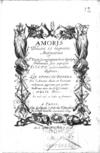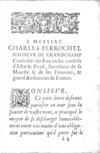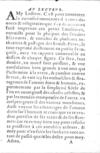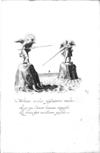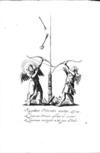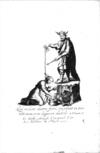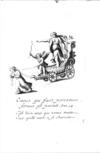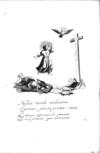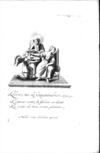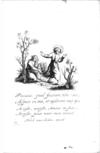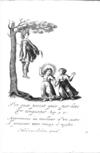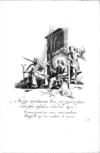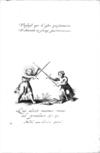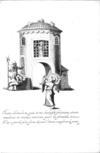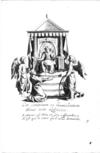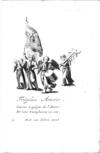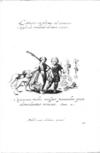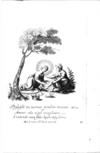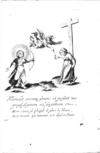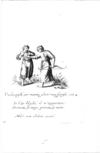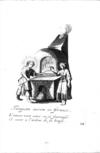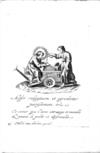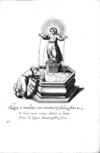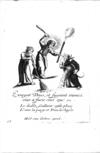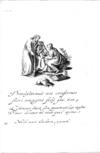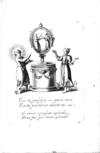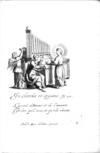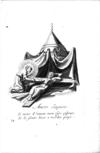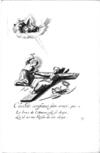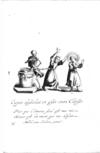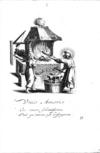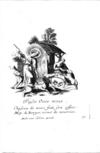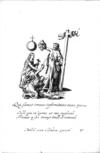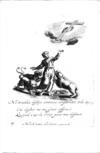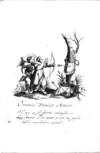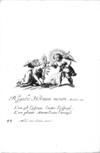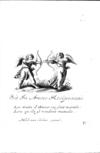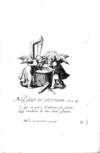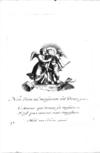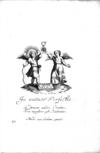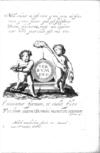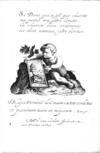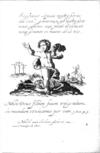Introduction
This is our edition of Amoris divini et humani antipathia of 1628. In this introduction, we have limited ourselves to the essentials.
About the Author
The Amoris divini et humani antipathia was published anonimously.
About the Amoris divini et humani antipathia
The 1628 edition was published in Paris by Guillaume le Noir. The edition was
prepared by Michel van Lochom. According to Porteman, Nieuwe gegevens ,
the edition was a pirate edition, based on the 1626
Amoris divini et humani effectus varii published by Michiel Snijders.
The antipathia in the
title, however, was retained in the definitive edition of 1629, published by Snijders and prepared by
Ludovicus van Leuven.
,
the edition was a pirate edition, based on the 1626
Amoris divini et humani effectus varii published by Michiel Snijders.
The antipathia in the
title, however, was retained in the definitive edition of 1629, published by Snijders and prepared by
Ludovicus van Leuven.
Copy Used for this Edition
In preparing this edition of Amoris divini et humani antipathia we have used the copy of Utrecht University Library, shelf number ABTHO: ALV 70-12.
The book consists of 48 emblems proper and six separate sheets which do not observe the format of the rest of the book.1
Transcription
The full text has been transcribed and encoded using TEI markup, to allow for flexibility in presentation and non-destructive editorial enhancement of the text. The full project guidelines for transcription, editiorial intervention and indexing of the text are available elsewhere on this site.
In transcribing the text, we observed the following guidelines:
- Some epigrams and motti have been engraved, rather than printed. In the transcription, we ignore this difference.
- Each of the 48 regular emblems is identified by a roman numeral. In the book, this number appears twice: once on the first page, which carries Latin quotations, and once on the fourth, above the second French epigram. We did not transcribe this second number.
- In most of the emblems, one of the Latin quotations printed on the first page is also engraved on the second page. Our transcription includes both of these.
- In the book, the mottoes are capitalised. Our transcription ignores this.
- In the text of Competentia amoris. [2] a fragment of text is missing. We have not tried to supply a conjecture.
- Decorations in the engraved text fragments have been ignored (e.g. in Negotiatio amoris. [3]).
- Abreviation bars in the text may look like tildes, acute accents or macrons. They have been consistently transcribed as macrons. (Except for the case of ‘vr̅e’ (meaning ‘vostre’) in [Exiccatur foenum, et cadit flos] [49], where we use the Unicode character ‘combining overline’ or ‘vinculum’). For all abbreviations, both the original and the expanded form are available. In the emblem display, abbreviations may be resolved, depending on the visitor's preferences.
- Use of spaces in bibliographical references has been silently normalised.
- In the engraved text, punctuation is sometimes missing (e.g. in the second line of [Diliges Dominum Deum tuum ex toto corde tuo] [51]). Normalised punctuation will be shown depending on the user’s preferences.
- In the engravings, usually a Latin quotation and a French epigram appear immediately under the pictura. The transcription groups these two text constituents together. This grouping has been maintained in those cases where, as in Digladiatio amoris [14], the pictura is placed between the constituents.
- Sometimes two lines of verse have been written on a single line, as in Auxilium amoris. [15]. The transcription ignores this.
- Part of the text engraved in the plates has been encoded as being part of the pictura. This has been done for those texts that identify the maker of the engravings (‘Mich. van Lochom. excud.’) and the plate numbers. Sometimes the plate numbers have been written backwards. In the emblem display, these numbers are shown in red. In one case only one digit has been reversed: Attractio amoris. [19].
- The original has no page numbering. This edition reproduces the arbitrary page numbers assigned during the scanning process.
Literature
The full Emblem Project Utrecht bibliography may be accessed using the menu option at the top of this window. A selection of literature relevant to the Amoris divini et humani antipathia follows here.
Two other versions of this book are available on the internet:
- Related to the 1628-edition of Amoris divini et
humani antipathia: König, Lieb über alle Lieb [web]

- Related to the 1629-edition of Amoris divini et
humani antipathia: Amoris divini et humani Antipathia (1694) [web]

![[H O M E : Emblem Project Utrecht]](/static/images/rd-small.gif)
